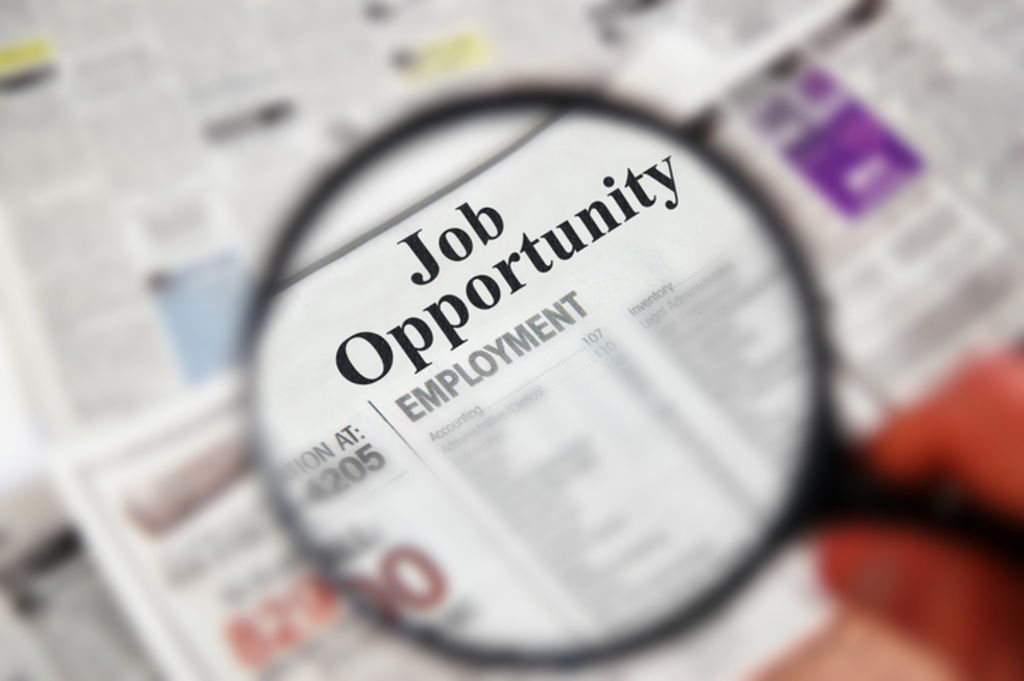
Job ads jump to four-year high, but price pressures stay soft
Jacob Greber
The biggest jump in job advertisements in eight months has removed any urgency for another Reserve Bank of Australia interest rate cut amid renewed criticism about the prospect of further monetary policy stimulus.
Figures released on Monday by ANZ Bank showed job adverts rose 2.4 per cent from April to 157,942 – a four-year high.
Separately, a report by TD Securities showed the gauge of inflation fell 0.2 per cent in May, taking the annual rate to 1 per cent, a cooling in price pressures even as petrol prices rebounded 3.6 per cent.
Both sets of figures highlight the divergent forces being weighed up by the Reserve Bank’s board as it meets on Tuesday. Despite strong headline economic and labour force growth, inflation has fallen below the central bank’s 2-3 per cent target range prompting it to cut the cash rate five weeks ago.
Twenty three of 24 economists surveyed by Bloomberg News last week forecast the board would keep the cash rate at 1.75 per cent on Tuesday, with roughly the same proportion predicting the next cut would be in August.
Financial market betting has a 68 per cent chance of a reduction at the August meeting, which will happen after second-quarter inflation figures are released in late July.
Shadow’s challenge
Ongoing speculation about more interest rate cuts have been challenged by the Australian National University’s so-called shadow central bank, whose members include two former Reserve Bank board members.
The shadow board has indicated that official rates have probably gone as low as they need to go, with the body placing only an 11 per cent probability for another cut, and a 52 per cent probability for no change.
The board – which makes recommendations for what should happen, rather than forecast what the Reserve Bank will do – has also placed a 37 per cent probability on a rate rise on Tuesday.
Shadow member Mark Crosby – from the Melbourne Business School – endorsed recent commentary and criticism of last month’s rate cut, which has been slammed by retirement savers and some economists concerned that it distort markets such as property and stocks.
“The RBA should be resisting further cuts as long as demand in the economy remains at current levels,” Associate Professor Crosby said.
Wage growth still low
Felicity Emmett, head of Australian economics at ANZ Bank, said the rise in job ads matches other signs of strength in business conditions.
However, she warned that despite the recovery in activity, wages growth remains low.
“But very low growth in labour costs is feeding through to very low inflation.”











